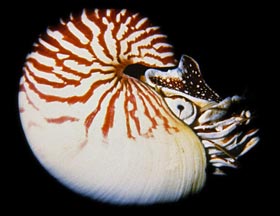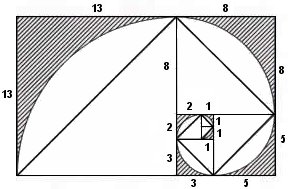Is it possible that squid can warn us of earthquakes? I say yes.
It was pointed out in the The Yomiuri Shimbun earlier this month that fishermen saw in increase of their catch of squid right before several major earthquakes, including this recent one in March 2011.
The article stated that “According to Agriculture, Forestry and Fisheries Ministry statistics, squid fishermen in Tokushima brought in 491 tons of the cephalopods in 1994–just before the Hanshin quake–which was 1.4 times the 1993 catch and 1.9 times the 1992 catch.”
This is certainly an impressive increase in catch. As it was also when “There were amazing hauls of squid just before the 1946 Nankai Earthquake,” one veteran fisherman from southern Tokushima said. And, most recently the correlation can be noted when just before the March 11 earthquake “Squid fishermen in Tokushima Prefecture hauled in a bumper catch”.
Also, interesting was a small squid stranding right before a small earthquake in La Jolla, California in 2009.
Some questions have been asked that “if this increase in catch does occur right before a major earthquake has it ever been noted that there is a sharp drop in catch right after?” My instinct is to say that there would be a sharp decline in the catch since squid would not be as easy to catch. It seems to me that since this cephalopod is typically found near the bottom of the ocean floor (close to the Earth’s crust) they must be moving closer to the surface of the ocean where fishermen can catch them easier. According to a Tulane University website, since earthquakes “occur when energy stored in elastically strained rocks is suddenly released. This release of energy causes intense ground shaking in the area near the source of the earthquake”. It would seem as though squid can detect the grounding shaking phenomenon prior to the rest of us since it happens in their own backyard first.









What people are saying …